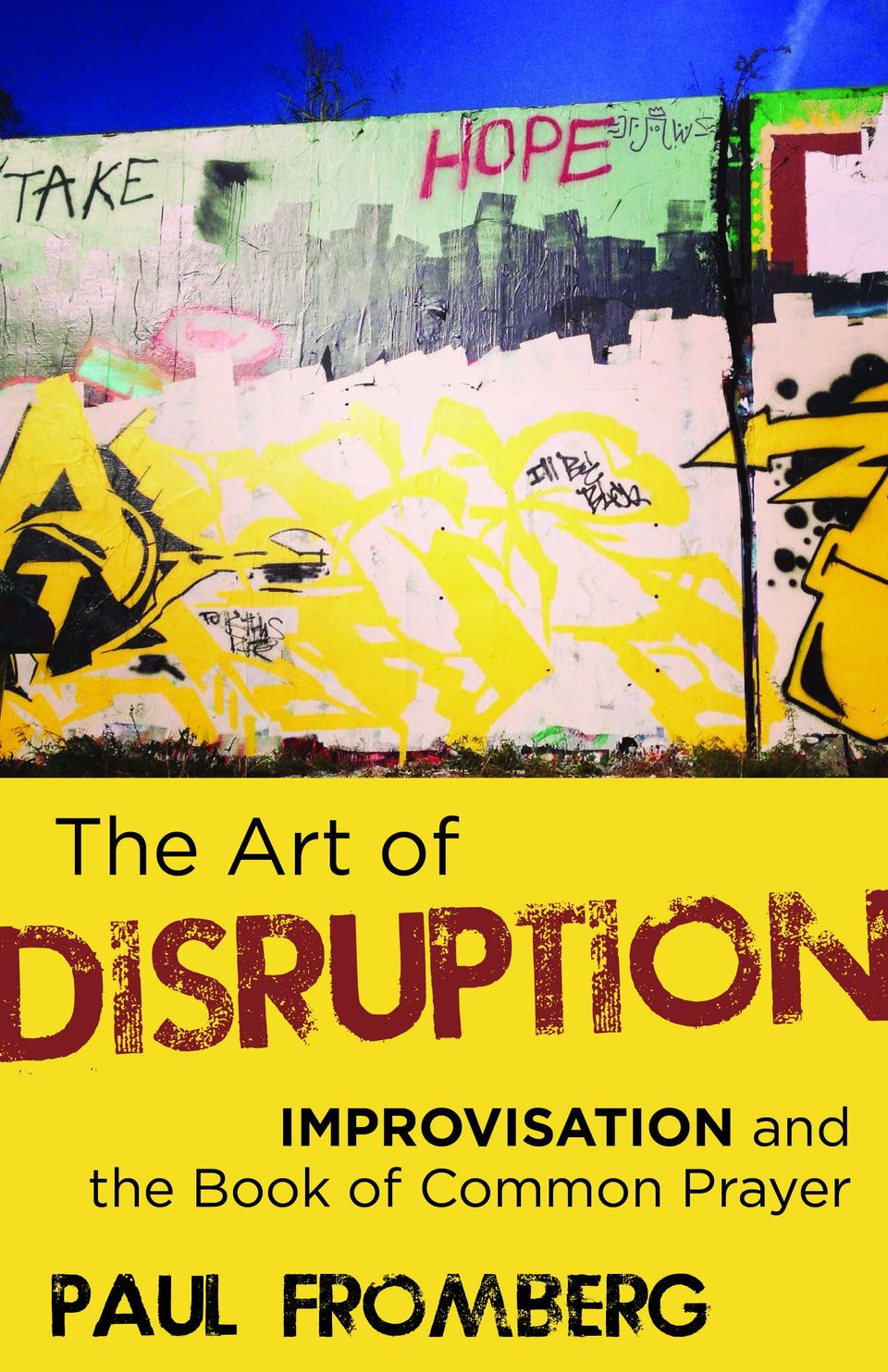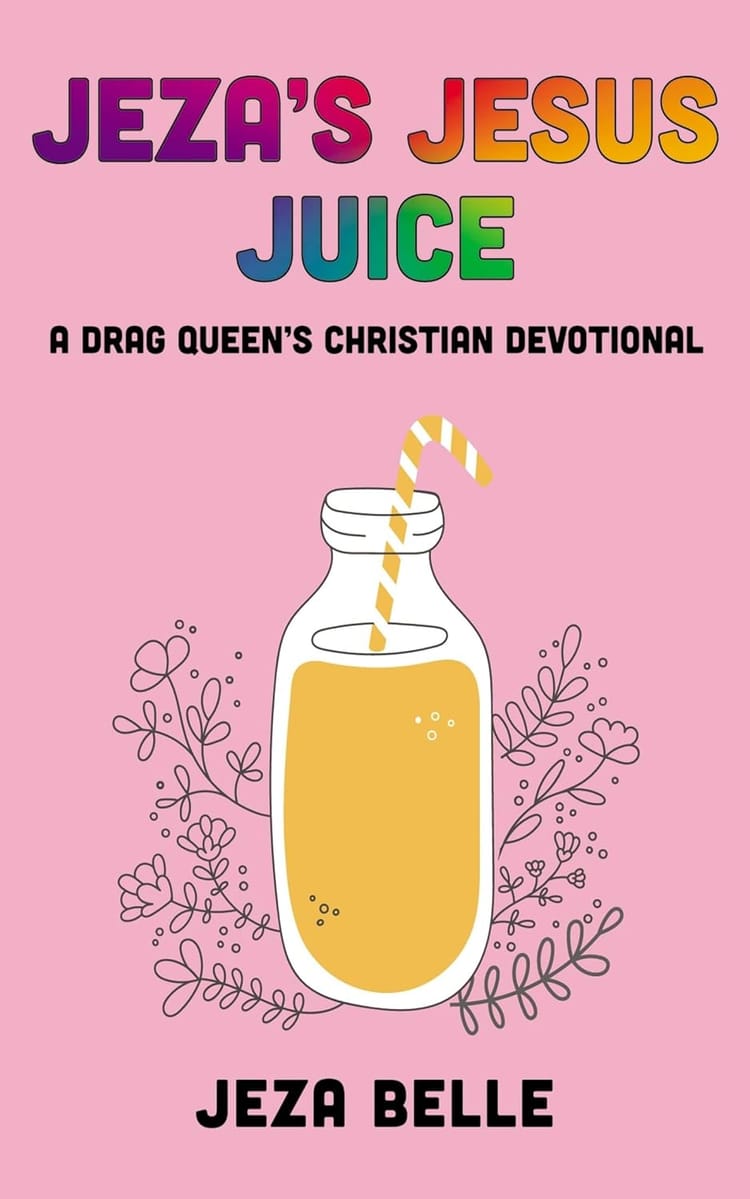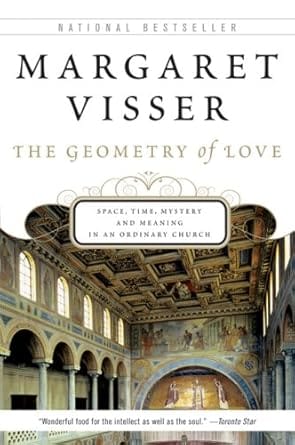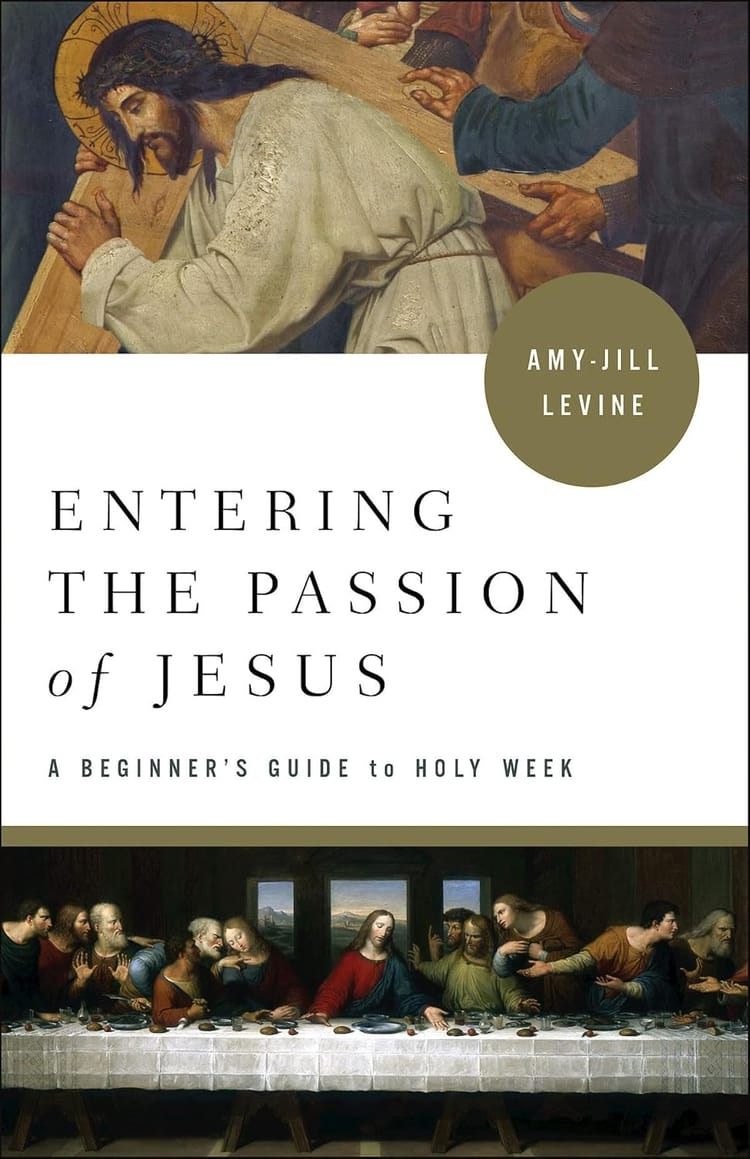The Art of Disruption

Fromberg (the author) describes this book as being “about the subversive work of improvisation” (vii) in relationship to the Episcopal Church’s Book of Common Prayer of 1979 (BCP). He claims that the writers of the BCP wanted its liturgies to be improvised upon, to be “hacked” and made available and useful to “everyone who cared to pray liturgically.” (ix) The introductory material acknowledges the current conversations in the Episcopal Church around revising the BCP and suggests that including everyone, especially those previously outcast, in improvising upon and revising those liturgies is the logical outcome of a church that seeks to include everyone at the table. He concludes with the argument that these liturgical disruptions, based on the values of love, inclusion, and personal transformation, are what Episcopal congregations ought to be looking to do in their worship today. Unsurprisingly, St Gregory of Nyssa Episcopal Church, San Francisco, where Fromberg is rector, is held out as the prime example of these practices.
The Art of Disruption moves through seven chapters, each pairing liturgy with two other facets of Christian life: life and hope; improvisation and disruption; time and energy; welcome and experience; death and resurrection; beauty and buildings; challenges and principles. Fromberg articulates his assumptions about liturgical theology and practice, helping the reader to understand the soil in which his ideas are rooted. Whether one agrees with those assumptions and finds that soil fertile will shape the reader’s response in important ways. For example, there is a strong theme of truth revealed in personal experience and individual reflection as a priority over truth revealed to and discerned in a corporate way. Obviously, both personal and corporate experience and discernment are important in Christian life and practice; a tension between these two, related modes of being is evident in The Art of Disruption.
Fromberg repeats several times the importance of liturgical actions grounded in Christian principles such as love, acceptance, transformation, and grace. In this method, grounding in principles is foundational for successful liturgical improvisation. Fromberg’s calls for better liturgical catechesis in the church and better training of liturgical leaders who understand the principles behind the rites and are able to improvise, adapt, and inculturate in appropriate ways are critical to his argument. They echo the calls of many liturgists and other church leaders across the Anglican Communion.
I did find myself struggling with some of the theological priorities presented. A central example of this is in Chapter 6, “Beauty, Buildings, and Liturgy”. Fromberg reflects on the liturgical responses of the church to the earliest days of the COVID-19 pandemic. At no time in recent decades has there been such an immediate, critical need to find ways to improvise how we gather and worship. Unavoidably, some of our responses and improvisations will be more helpful, more successful than others. Fromberg describes his bishop’s instruction before the closures of 2020 not to share the chalice at communion for fear of spreading the virus; the presider could receive on behalf of the gathered congregation, the mystical Body of Christ. Fromberg improvised by leaving the chalice empty and consecrating wine in a cruet but having nobody receive it. Reception by each member of the congregation was a greater priority than reception by one on behalf of the Body. This relates to the closeness of the subjectification of reality mentioned earlier: If one cannot receive on behalf of the whole Body, what does it say about baptismal theology and the idea of being diverse members of a single Body? What does this say about the integrity of the eucharistic liturgy which always includes the reception—by someone, if not all— of the consecrated elements? What does this say about the possibility of sacramental access for those in an ICU with no access to any kind of visitation during those early days of the pandemic?
If our theology is not that of deep interconnectedness through our shared life in Christ and one cannot benefit—or suffer—from actions done or experienced by another, then our faith is in great danger of becoming about consumption rather than grace. I do not mean to put words in Fromberg’s mouth or suggest that this theological extrapolation of his liturgical improvisation is what he intended. Rather, I present it as an example where one person’s improvisation prioritizing individual experience can be another person’s cause for concern about what is intended for the corporate whole. To call upon one of Fromberg’s own points, liturgical practice without catechesis, whether as written in the BCP or entirely improvised, can be a troublesome thing.
Forgiveness is touched upon more than once in The Art of Disruption. In each instance that the topic comes up, it is treated from the point of view of us, the people of God, doing the forgiving. Our need to forgive the people who have wronged us as individuals and as a whole church is discussed thoroughly, but the only discussion of our need to be forgiven is in the description of the liturgical confessional practices of St Gregory of Nyssa in the first chapter. There is an extended discussion of forgiveness in Chapter 5, “Death, Resurrection, and Liturgy” but it only addresses forgiving, not being forgiven. This is a disappointing omission of an absolutely necessary second half to any conversation on forgiveness.
The Art of Disruption felt as though it was, at different times, a discussion of liturgical ideas, a love letter to St Gregory of Nyssa, San Francisco, and a memoir. Unfortunately, these three narrative threads did not always aid in clarifying the ideas put forth. I would have preferred a deeper, more focused treatment of any of these rather than the mix of the three. More focused writing may have afforded space to clarify points and address some of the concerns noted earlier in this review.
For a book that claims to be about “hacking” the liturgies of the BCP, The Art of Disruption spends very little time actually taking up those rites for discussion. The engagement with liturgical principles is frequent, and a good place for conversation, but it seemed to me that Fromberg’s real concern is less with the rites in the BCP and more with the cultural expectations that surround them. Beginning a liturgy with the ringing of a bell is an ancient tradition. Whether it is a European bell, a Japanese temple bell, or a Tibetan singing bowl seems a question of inculturation rather than liturgical disruption or improvisation, The fundamental liturgical structure is present, but the acts are inculturated appropriately to the people and geography in which they are happening. This seems, to me, true to the spirit of the BCP.
While I was not convinced that this book did what it set out to do, there are many glimpses throughout The Art of Disruption into a fascinating conversation about ecclesial culture, aesthetic expectations, and practices of inculturation. The cultural expectations tied to the Anglican tradition, in particular, are also an important lens through which to discuss our history of colonialism and its ongoing consequences. I would enthusiastically welcome further, focused writing in this area from both Paul Fromberg and others throughout the church.
I received a copy of The Art of Disruption from Earth & Altar Magazine in exchange for an unbiased review. This review was originally written for that publication.





